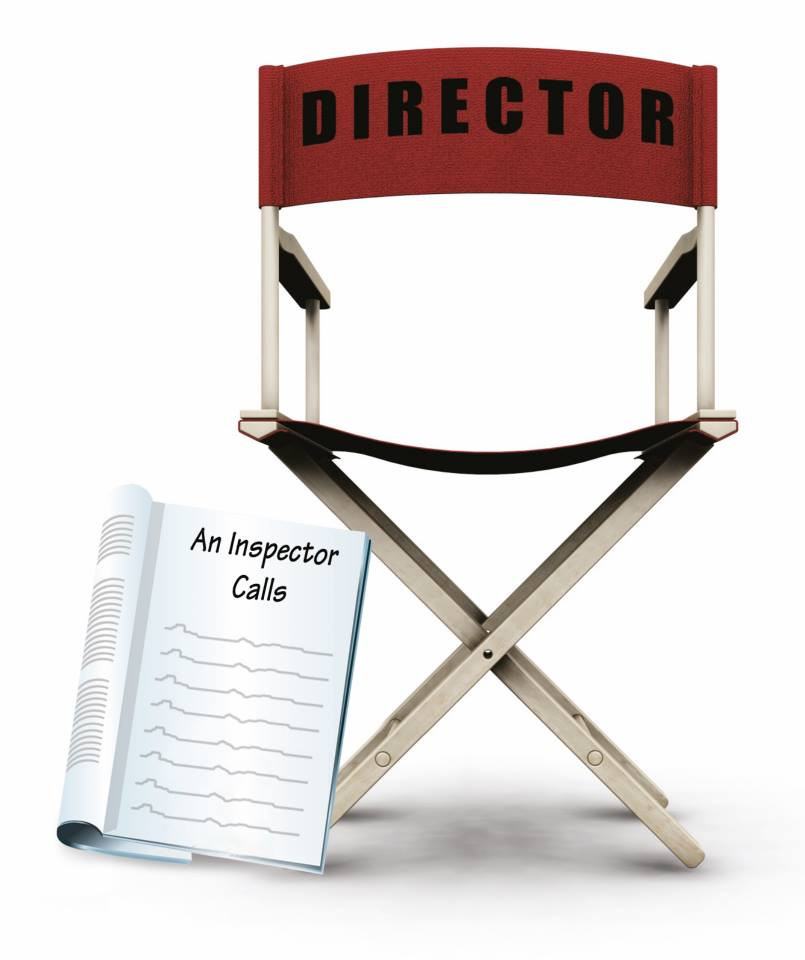Dramatic Conventions
Conventions of Drama
When you are studying a novel or a poem, the writer will have used a variety of techniques to bring the text to life to allow you to visualise it in your mind. It will be structured in chapters, paragraphs or verses and dialogue will be laid out using the correct punctuation.
However, a piece of drama has its own conventions. It is structured in acts and scenes: an act is a large chunk or section and scenes are used to divide up the acts. At the start of a new act or new scene, you are usually given detailed stage directions which inform the actors what to do and how to do it. Stage directions can also give information about setting and props for the benefit of the director and designer. They can, however, choose to ignore these directions if they so wish. The script that you read is not a finished product – you could see it as a blueprint for a performance.
As you study the piece of drama in class, you will read the play and make detailed notes. However, you must remember that a play has been written to be performed and it is important that you try to see a performance of it.
Whether you are watching a performance, taking part in a shared reading or annotating the text itself, there are key things that you should focus on:
Stagecraft – these are the dramatic devices used to grab the audience’s attention and convey the playwright’s ideas – factors such as lighting, sets and props can all be part of the
playwright’s stagecraft.
Characterisation – this is the way that the characters are portrayed – how has the playwright created a believable character? Has the writer included monologues or soliloquies to allow you to hear the character’s thoughts and feelings? It is also important to look at the relationships between characters – how are these depicted? What do they reveal about the
characters? You also need to think about the way that an actor or actress has represented the character. Different actors may play the same part in very different ways.
Plot and structure – how have the events been organised? What techniques have been used to shape the action? How have the themes and ideas developed during the action?
Stage Directions
With any piece of drama that you study it is important that you pay close attention to the stage directions. Stage directions act as a set of instructions to the director and the actors and
reveal important elements of the writer’s stagecraft. They can also give you, as a reader, valuable insights into the playwright’s intentions.

Look at the example below from J. B. Priestley’s An Inspector Calls:
The dining room of a fairly large suburban house, belonging to a prosperous manufacturer. It has good solid furniture of the period. At the moment they all have had a good dinner, are celebrating a special occasion and are pleased with themselves.
Even this short extract provides us with valuable information. We learn that the characters involved are wealthy and they start the play in a happy and self-satisfied mood. Their house is well furnished in a way that is typical of the time in which the play is set. The setting is constant throughout the play as all of the action takes place there. The fact that we are invited into somebody’s house is also important as it immediately creates a sense of intimacy – the audience is privy to what goes on behind closed doors. The stage directions inform us that it is a ‘heavily comfortable house’ and that the lighting should be ‘pink and intimate’. The lighting at this stage reflects the mood of the play – there is a ‘rose tinted’ aura on the stage and in the home.

